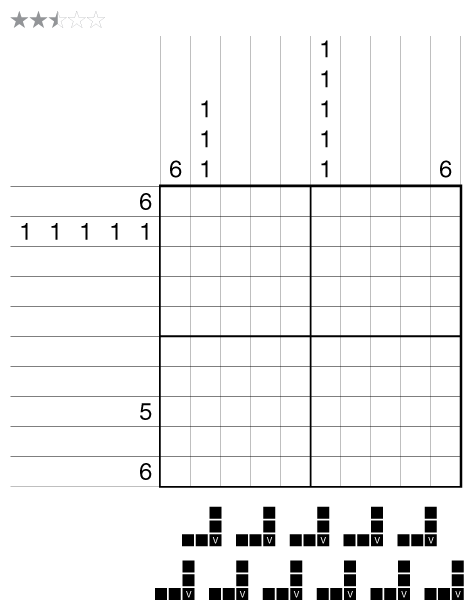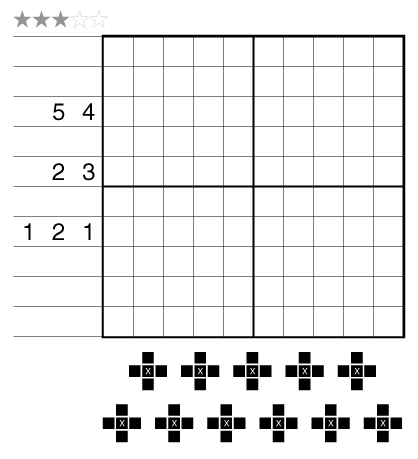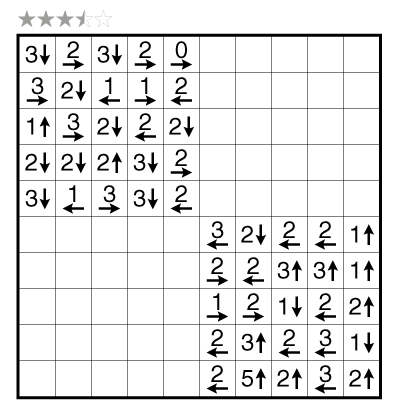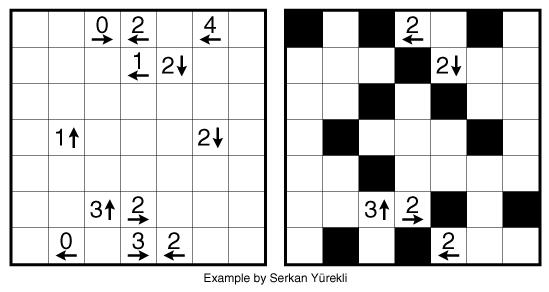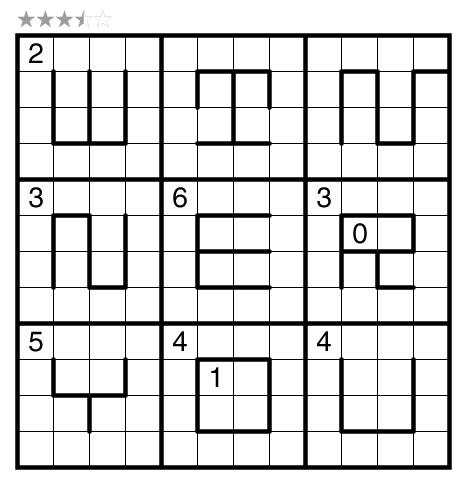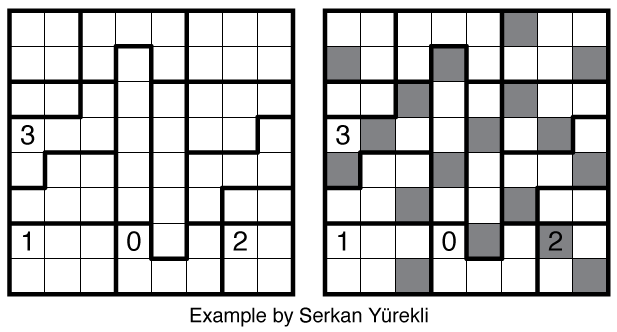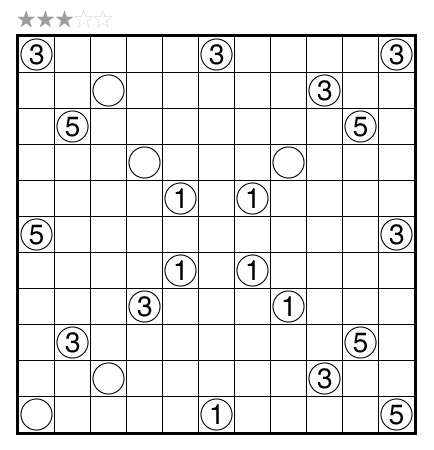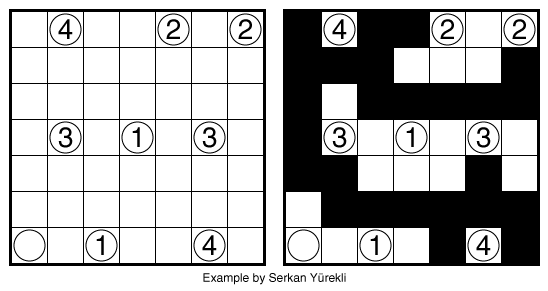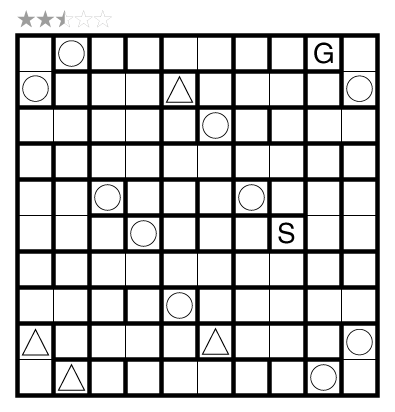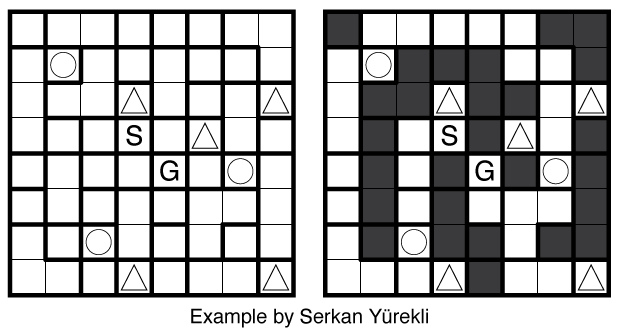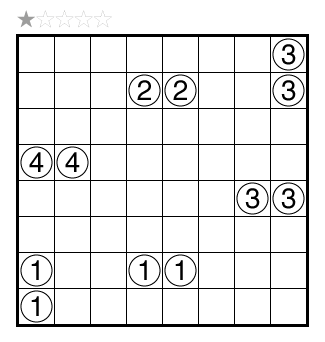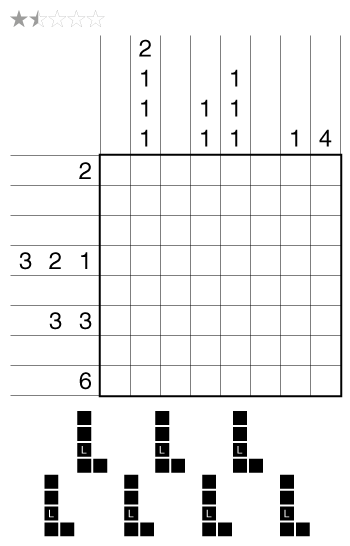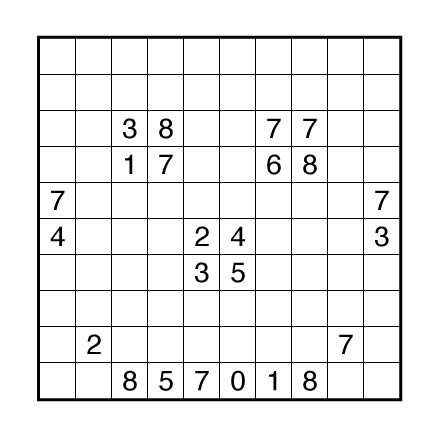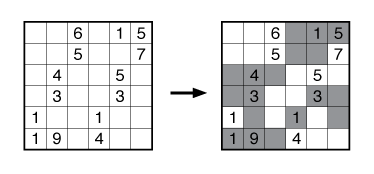Canal View (No Four in a Row) by Serkan Yürekli
This is a free “warm-up” puzzle; Season 4 subscribers will see today’s main puzzle in the same style posted at 9:05 AM PT.
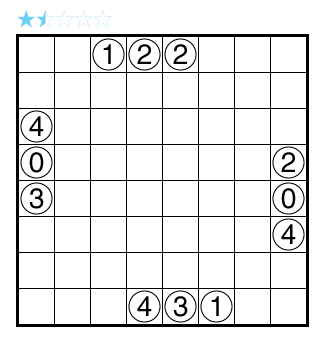
or solve online (using our beta test of Penpa-Edit tools; use tab to shift between shading mode and the linex mode where left click+drag draws lines and right click marks X’s)
Theme: Avoiding the Center
Author/Opus: This is the 489th puzzle from our managing editor Serkan Yürekli.
Rules: Shade some empty cells black to create a single connected group. Cells with circles cannot be shaded, and the shaded cells cannot form a 2×2 square anywhere in the grid. Each numbered cell indicates the total count of shaded cells connected vertically and horizontally to that numbered cell.
Also, there may not exist a run of four or more consecutive shaded or unshaded cells (including clue cells) horizontally or vertically anywhere in the grid.
Difficulty: 1.5 stars
Time Standards (highlight to view): Grandmaster = 1:00, Master = 1:45, Expert = 3:30
Solution: PDF and solving animation.
Note: Follow this link for other shading puzzles. More Canal View puzzles are in Shading Variety Collection by Prasanna Seshadri.
Note 2: Comments on the blog are great! For a more interactive discussion, please also consider using our Week 5 Discussion post on the GMPuzzles Discord.

